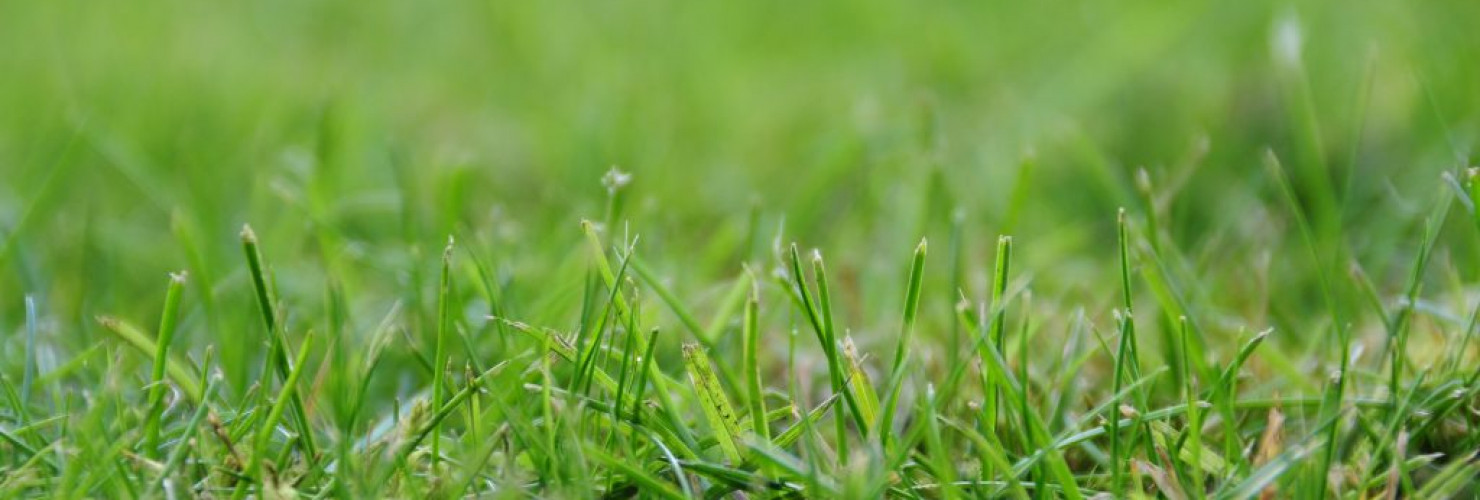
Turning grass to gas
STRI is the world’s leading sports surface solutions provider. Over the years, the experienced teams of STRI consultants, researchers, designers, planners and engineers have delivered a full suite of end-to-end project service solutions across natural and artificial sports surfaces for events such as London 2012 Olympic Games, Russia 2018 FIFA World Cup or Wimbledon Championships.
Turf samples yield 60-70% biomethane through AD
The key challenge for the majority of STRI clients is the efficient management of a large volume of grass clippings generated at thousands of tonnes per year. The clippings are usually composted with other organic materials or facilities are forced to pay for environmental removal. A recurring question from the STRI clients is whether turf clippings are valuable for the anaerobic digestion (AD). In this case, the grass is consumed by microbes in a sealed tank, generating methane, effective supply of ‘green’ energy. The process byproduct offers a supply of biofertilizer that can be used on the site and the process as a whole is an effective way of dealing with other biowastes including food waste.
To assist STRI in advising their clients, the Biorenewables Development Centre (BDC) has analysed biogas yields using biomethane potential analysis (an anaerobic batch system that monitors gas production throughout a 30-day trial), as part of the BDC’s Bioeconomy Growth Programme. Gas volumes were assessed for various turf samples which showed a good level of digestibility by the microbial AD community, yielding 60-70% biomethane.
Alexandra Jukes, the BDC’s Technologist who conducted the study, commented on the approach: The UK has a goal of producing 5% of domestic energy consumption via anaerobic digestion to reduce fossil fuel consumption. Finding new feedstocks to achieve this goal is essential, but it is most exciting when these feedstocks are genuine unavoidable waste materials.
STRI’s Technology Manager, Dr Tom Young, said that their clients’ goal is to increase their green credentials and turning turf clippings into biomethane could be a game-changing addition to their sustainability portfolio. Some STRI clients have already expressed interest in further assessing the suitability of AD for their sites and using it as end-route for converting their biowastes into ‘green’ energy.
Dr Tom Young from STRI added: We were surprised at the high volumes of biomethane produced from the turf clippings. This really shows that small scale AD is definitely an option for many turf facilities as technology becomes cheaper and more efficient.
Notes to editor:
This project has received funding from the England European Regional Development Fund as part of the European Structural and Investment Funds Growth Programme 2014-2020
The York, North Yorkshire and East Riding (YNYER) LEP awarded a grant of £1M to the BDC as part of the Local Growth Fund (LGF) support which funded the equipment used to carry out this project. For more information visit: https://www.businessinspiredgrowth.com/funding/local-growth-fund/
